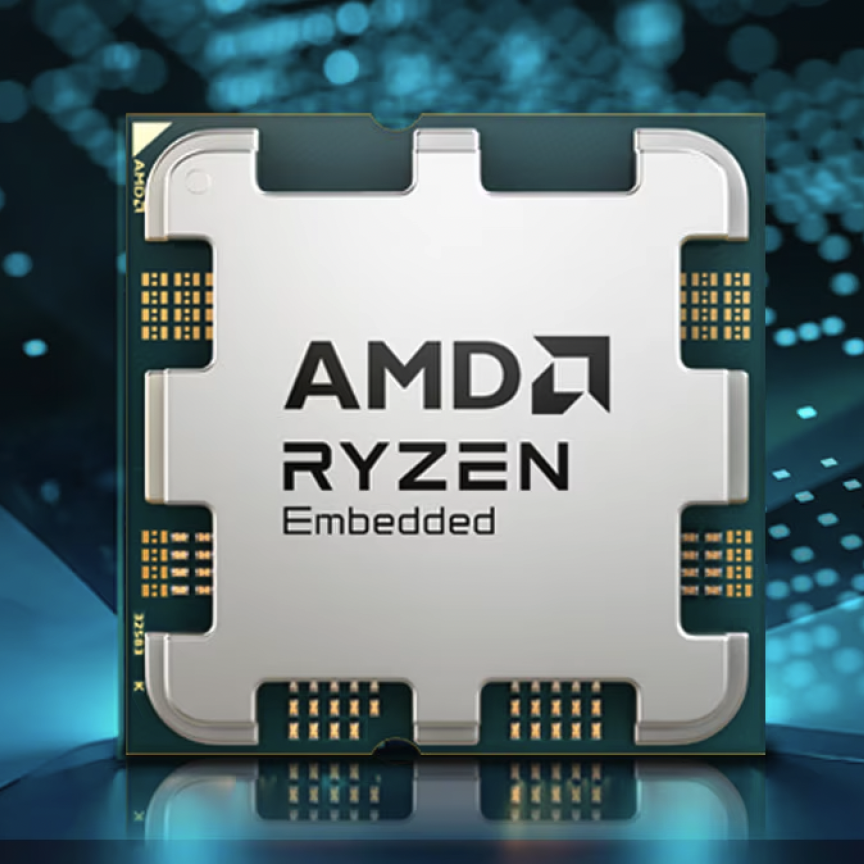Fastec Imaging has released the HS5 and HS7 high-speed cameras.
Social distancing and other precautions necessary for minimizing the spread of the novel coronavirus drive a sense of urgency for getting one’s work done in shared laboratory space, minimizing time spent executing tests, and collecting data enhances productivity while reducing congestion. High-speed cameras, common in this environment, require the transfer of prodigious volumes of image data that may become a pacing item in the workflow and productivity of a lab.
Fastec Imaging’s new HS7 and HS5 high-speed cameras allow researchers and engineers to capture, display, analyze, transport, and store massive amounts of image data in much less time than with conventional cameras. According to Charles Mrdjenovich, President of Fastec, “The HS Series system architecture uses a fiber optic link to provide the fastest possible image transfers from camera to controller. The idea is to avoid having to wait on the camera to download images before starting analysis or beginning the next test.”
Key to reducing congestion in a lab, is the development of strategies for remote access. The HS Series was designed from the ground up for use in applications where cameras are placed out of the user’s reach. The same features developed for these applications make remote utilization of the camera possible:
- Fiber optic cable (up to 100 meters) connects camera to controller
- Electro-mechanical shutter eliminates need to cover the lens during calibration
- Software-controlled MFT lenses for remote iris, focus, zoom adjustment
- Camera access via Internet or LAN
High-speed cameras such as the HS7 (2500fps @ 1920 x 1080; 10Kfps@ 512 x 256) and HS5 (250fps @ 2560 x 2048; 10Kfps @ 512 x 140), are designed for technical applications such as analysis of droplets in microfluidic devices, Digital Image Correlation (DIC) for materials research and component testing, animal motion analysis for neurological and robotics research, or for machine design and troubleshooting. The same cameras are also capable of producing stunning slow-motion video often associated with entertainment or marketing.
Ease of integration into diverse working environments is key to usability and the HS Series is compatible with a wide range of lenses and optical systems as well as industry standard displays, storage devices and other peripherals. Configurable I/O ports provide connectivity with other cameras, strobe lights, triggers, and laboratory instruments for synchronization and data acquisition. The HS’s support of unique user configurations combined with lightning fast image archival to portable or networked storage make it an ideal shared resource in academic/research settings where multiple high-speed camera applications are supported.

